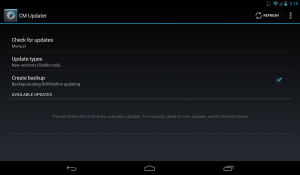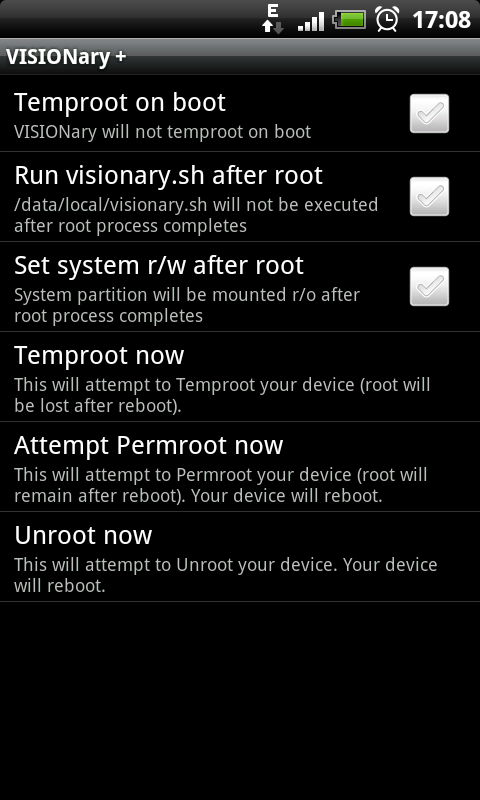Remove unofficial debian-multimedia.org repository from your sources
http://bits.debian.org/2013/06/remove-debian-multimedia.html
The unofficial third party repository Debian Multimedia stopped using the domain debian-multimedia.org some months ago. The domain expired and it is now registered again by someone unknown to Debian. (If we’re wrong on this point, please sent us an email so we can take over the domain! 😉 )
This means that the repository is no longer safe to use, and you should remove the related entries from your sources.list file.
New top500.org list released
http://www.top500.org/statistics/list/
As it comes to no surprise, Linux totally dominates on this field.
| Operating system Family | Count | System Share (%) | Rmax (GFlops) | Rpeak (GFlops) | Cores |
| Linux | 469 | 93.8 | 155667628 | 221440076 | 14109948 |
| Unix | 20 | 4 | 4264437 | 5326824 | 200096 |
| Mixed | 7 | 1.4 | 1453422 | 1749811 | 528384 |
| Windows | 3 | 0.6 | 465600 | 628129 | 46092 |
| BSD Based | 1 | 0.2 | 122400 | 131072 | 1280 |
CyanogenMod10 adds OTA updates to nightly builds
CyanogenMod, one of the most advanced communities for custom built Android Roms have Added OTA (Over the Air) update Support to the current nightly builds (starting from the September 30th releases).
This will alow you to update your Rom in the same fashion as the stock Rom flash without using RecoveryBoot or a Rom Manager like ClockworkMod.
CyanogenMod10 on the GT-P7501 and GT-P3100
Since the ICS update for the Galaxy Tab 10.1n (German Version of the 10.1 GT-P7500) still has yet to see an OTA update and I was eager to try out Jellybean. I rooted both my Galaxy Tab 10.1n and my Galaxy Tab 2 7.
Galaxy Tab 10.1n
The 10.1n is identical to the internationally shipped 10.1 (aka GT-P7500). The only difference is the Design due to the patent dispute with Apple in Germany.
XDA: Galaxy Tab 10.1 subforum
XDA: How to Root the 10.1
Odin can be used to flash both Tablets, so keep it handy if you want to experiment in the future.
The Current CM10 with Jellybean is very stable and seems to be working fine. I havent fund any critical bugs so far.
The thread for CM10 on the 10.1n can be found . Just remember to install the Googleapps as well if you want to use the Google Services (Market, Mail etc.)
Galaxy Tab 2 7
XDA: Galaxy Tab 2 subforum
XDA: Rooting the Galaxy Tab 2 7 (GT-P3100)
If you have installed the Samsung OTA onto the Stock ICS Version 4.0.4 you might experience some difficulties installing the ClockworkMod Recovery. With the OTA, the Recovery will not be persistent and is thrown out after you boot the Tablet into Android. The link above on rooting the P3100 includes the Fix for the nonpersistent Recovery Manager. It includes a fix-recovery Zip that will deal with the problem. The rooting process is pretty much identical to the 10.1
Why install JellyBean?
There is one good reason – performance boost. The User interface is a lot faster and more responsive than ICS. I will add a detailed test for CM10 once it has gone out of experimental status.
So far the sophistication on the Roms nowadays is so good, that even experimental builds work surprisingly well compared to 2-3 years ago from the postings about Custom Roms on the HTC Hero.
Cron Expression helper
http://www.abunchofutils.com/utils/developer/cron-expression-helper/
Cron Jobs explained!
Adding Thunderbird to the indicator-applet in Ubuntu 10.10
The indicator-applet in Gnome was added with Ubuntu 10.04 to notify the user about incoming messages.
The default indicator applet works with Evolution and Empathy (which replaced pidgin a while back as the default IM application)
With the Thunderbird addon Thunderbird Indicator, you can add the notification for Mozillas Thunderbird as well.
quote from https://launchpad.net/libnotify-mozilla/
This is an add-on for Mozilla Thunderbird which notifies you of new mail messages via Ubuntu’s standard notification system and the Messaging menu. Once a new mail is received, the Messaging menu’s icon turns green and a notification pops up. The Indicator Applet also provides quick access to your contacts and allows you to compose a new message.
Simply add the repository using
sudo add-apt-repository ppa:ruben-verweij/thunderbird-indicator
and install via
sudo apt-get update && sudo apt-get install xul-ext-indicator
The detailed installation instructions can be found on the ubuntublogger blog
Rooting the Desire HD: Quick n dirty
1. Set your Phone to accept unknown Software Sources in Menu -> Applications
2. Download Visionary+ from Modacos Page
3. Install the application (using an App manager such as Astro File Manager)
4. Launch Visionary+ and temproot the device using Temproot now
5. After aquiring temp root privileges, choose Attempt Permroot now, reboot and youre finished
Read the article in the link and use at your own risk!
Coming Up soon: My Desire HD Review, Customizing your Bootloader
Registration for Ubuntu One Windows client Beta is open
https://spreadsheets.google.com/a/canonical.com/viewform?formkey=dGpyR1B5VFlZTzNFcVAtdllENVlsenc6MQ
What is Ubuntu One?
Ubuntu One is your personal cloud. But it’s not just about syncing files — whether you need to access your contacts, notes or bookmarks from any computer or the web, enjoy your favorite music from a cloud integrated store or stream your entire collection to iPhone and Android mobile phones — we’ve raised the bar on personal clouds.
For more info, visit https://one.ubuntu.com/
Making Squid log timestamps human readable
By default, squid uses UTC in its timestamps in its various logs (access.log, store.log, cache.log). Although there are many tools to covert UTC into a human readable format – its not always practical when running a grep over your logs for troubleshooting.
In order to change this simply add the following line to your squid conf (make sure to remove or comment any exting entries)
logformat squid %tl.%03tu %6tr %>a %Ss/%03Hs %
The new log youtput will produce something like this:
26/Oct/2010:15:38:46 +0200.538 4787 y.y.y.y TCP_MISS/200 41841 GET http://robinward.com/ - DIRECT/x.x.x.x text/html
Her is a list of the format codes:
% a literal % character
>a Client source IP address
>A Client FQDN
>p Client source port
la Local IP address (http_port)
lp Local port number (http_port)
sn Unique sequence number per log line entry
ts Seconds since epoch
tu subsecond time (milliseconds)
tl Local time. Optional strftime format argument
default %d/%b/%Y:%H:%M:%S %z
tg GMT time. Optional strftime format argument
default %d/%b/%Y:%H:%M:%S %z
tr Response time (milliseconds)
dt Total time spent making DNS lookups (milliseconds)
Use the squid documentary to apply your needs to the logfile:



